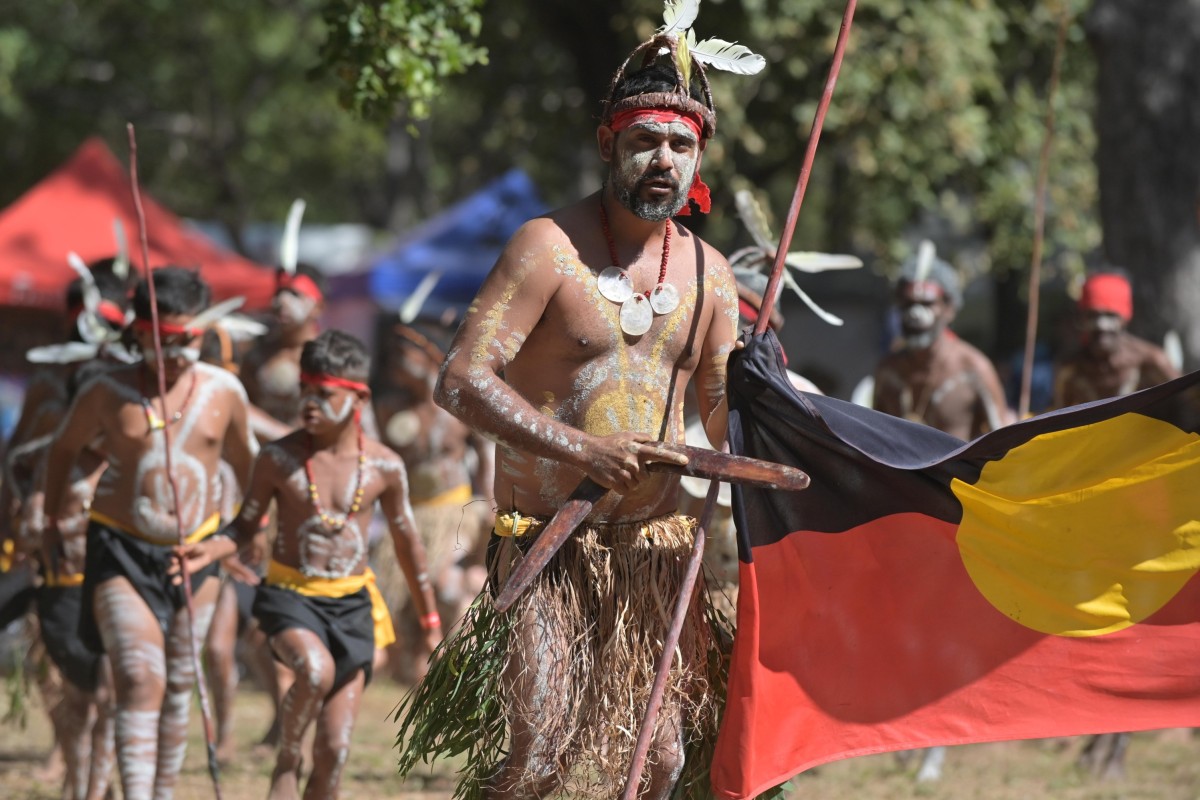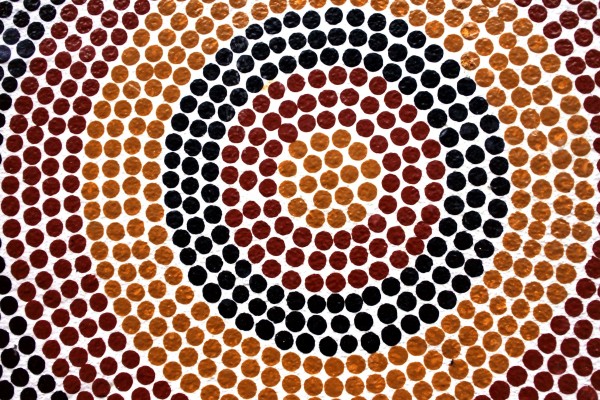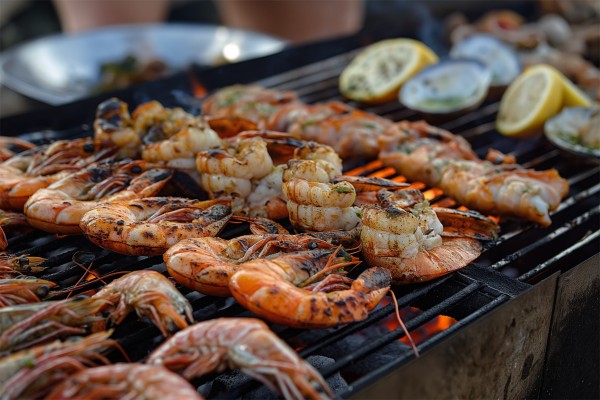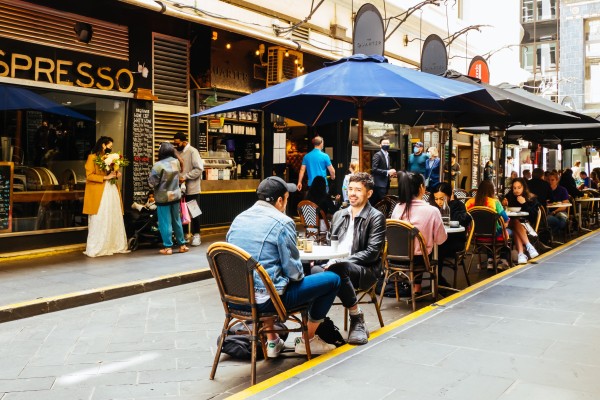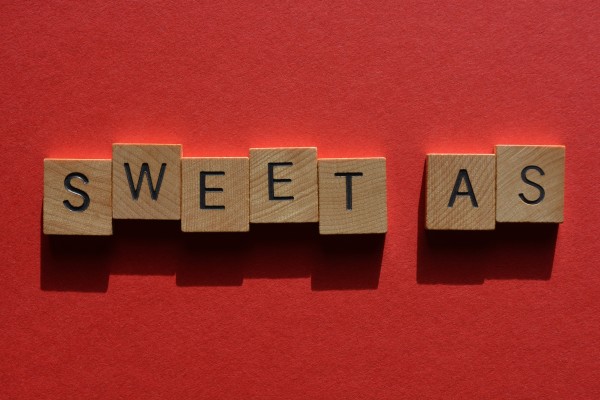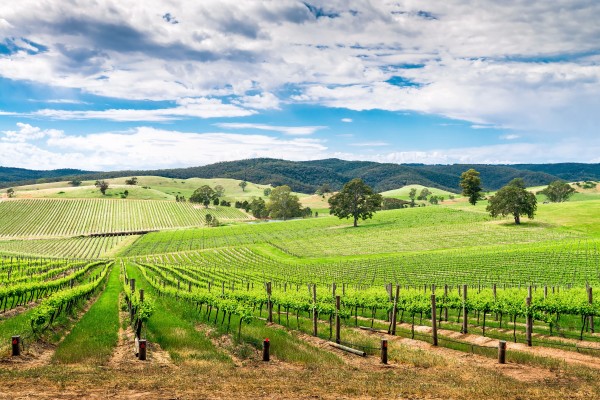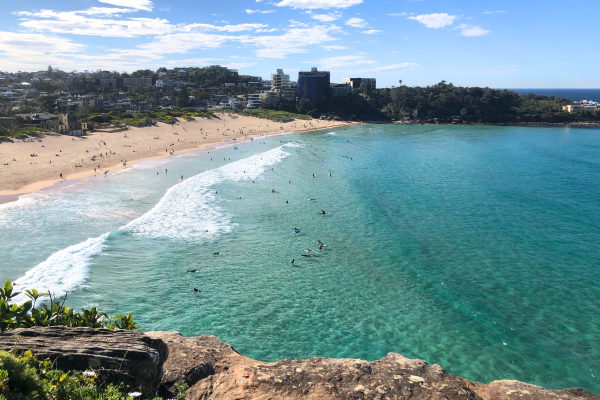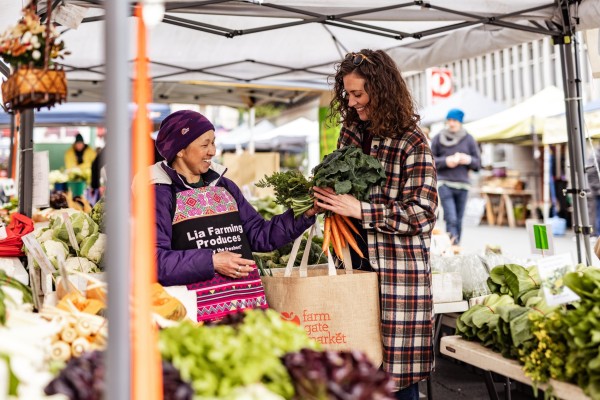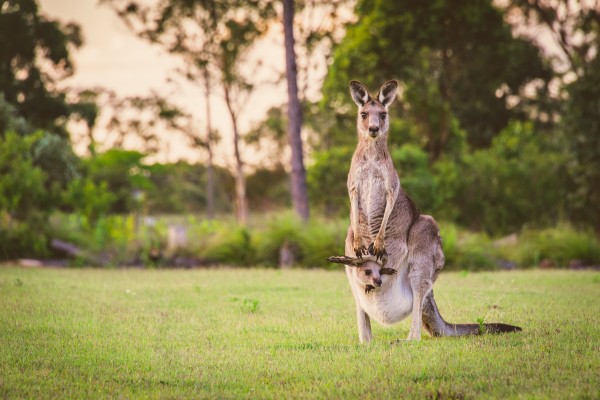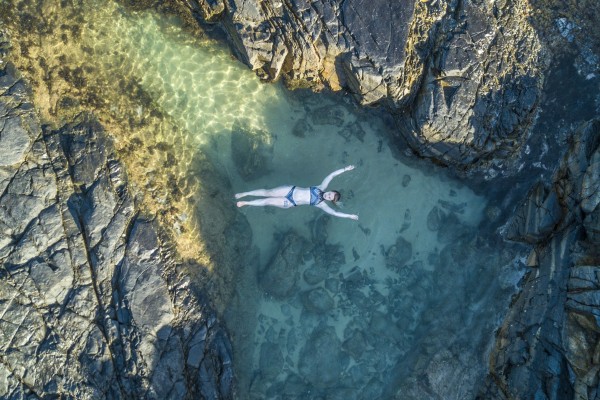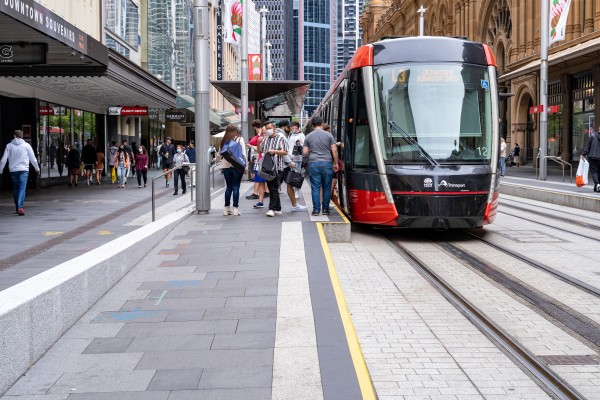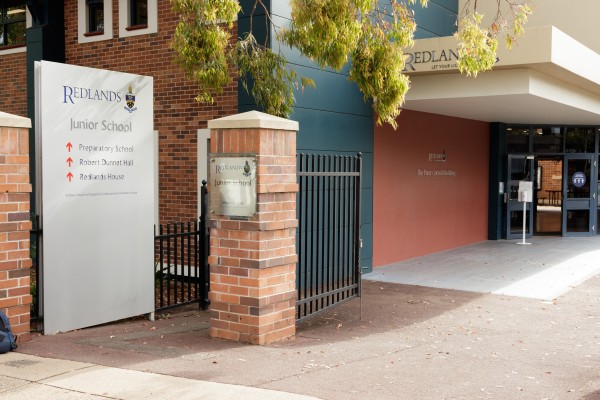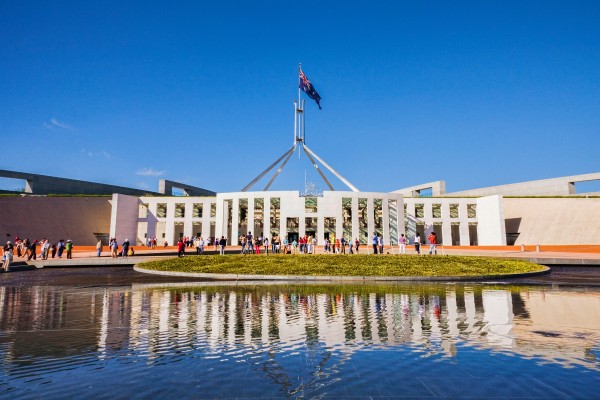Australian culture, heritage and traditions
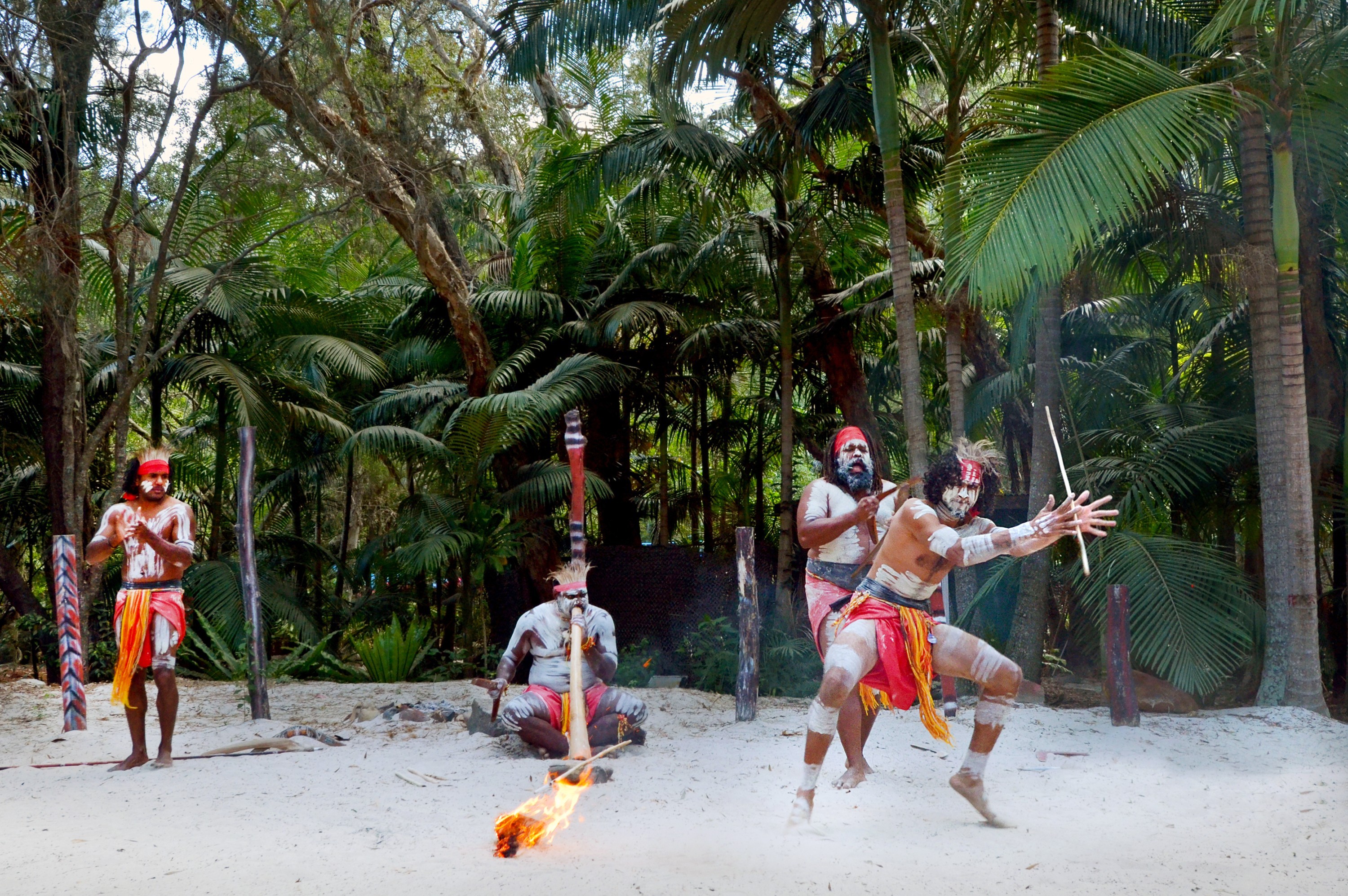
Australia is a country shaped by its diverse heritage and weird and wonderful traditions. Whether you're connecting with the stories of its First Nations people or embracing its modern multicultural influences, there’s always something new to discover.
In this article we’re covering what you should know about Australian culture and heritage and introducing you to some must-know Aussie traditions, to help you feel like a local in no time.
Australian culture and heritage - what you should know
Australia’s cultural heritage stretches back nearly 60,000 years, starting with the arrival of the ancestors of Aboriginal Australians. Their deep connection to the land and rich traditions are the foundation of the country’s story.
Fast forward to more recent times, and you’ll see how European colonisation, along with maritime and industrial changes, helped shape modern Australia.
Indigenous Heritage
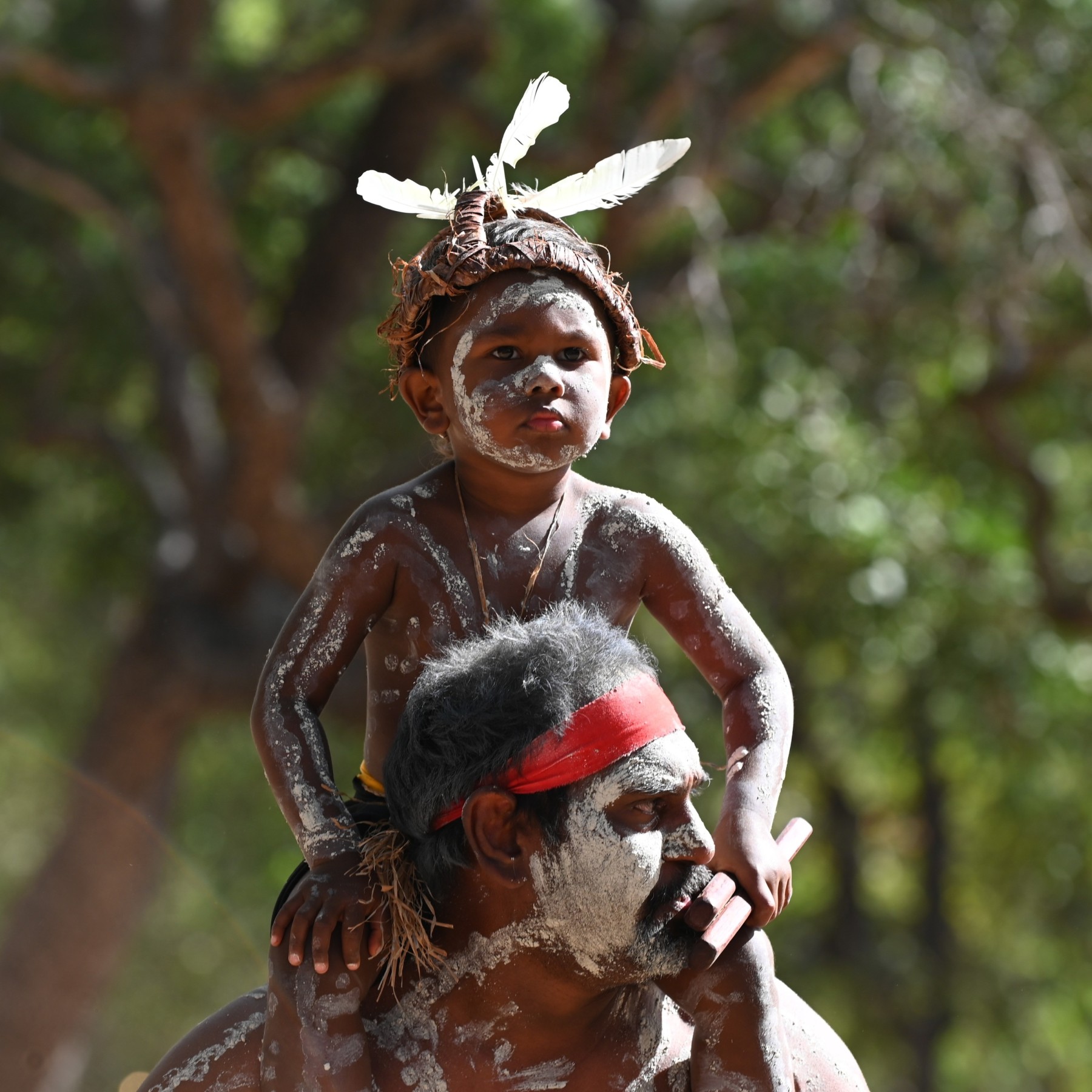
As the world’s oldest continuous culture, Indigenous stories, traditions, and spirituality are deeply woven into Australia’s landscape.
From the indigenous Dreamtime stories that explain the creation of the world, the land, and its creatures, through to Indigenous art that is renowned worldwide for its distinctive dot paintings and symbolism, indigenous culture and heritage play a major role in the Australian story.
Indigenous music plays a big role too, with traditional instruments like the didgeridoo offering an iconic soundtrack to Australian land.
Indigenous heritage and culture also calls for a respect for country. This idea of “Country” isn’t just about geography; it’s about the spiritual connection to the land, plants, animals, and the people who have lived on it for centuries. This love, care and connection to land is critical to the Indigenous and broader Australian way of life.
Australian historical heritage 1600’s onward
Australia’s story from the 1600s onwards is one of exploration, settlement, and transformation. It all started in 1606 when Dutch explorer Willem Janszoon became the first European to spot Australia, though it wasn’t until Captain James Cook’s famous voyage in 1770 that Australia’s eastern coastline was mapped and claimed for Britain.
In 1788, the First Fleet arrived in Botany Bay, bringing convicts, soldiers, and settlers to establish the first British penal colony in Sydney. Over the next hundred years, Australia went from struggling outposts to booming colonies, with the gold rush in the 1850s attracting thousands of migrants.
By the time Australia became a federation in 1901, it was a mix of British traditions and the emerging identity of its people.
Australian Maritime heritage
The sea has been key to Australia’s early survival and growth, with ports becoming bustling hubs for trade. Over time, the country’s maritime history expanded, from the gold rush days when ships brought waves of immigrants, to Australia’s involvement in both World Wars, where the navy played a major role.
Today, Australia’s maritime heritage is celebrated through its bustling ports which continue to influence the country’s culture and economy.
Australian heritage-listed sites
Australia is home to a wealth of heritage-listed sites that showcase the country’s rich history, diverse cultures, and natural beauty. These sites are recognized for their cultural, historical, or environmental significance and are protected under national and international heritage agreements. Many are listed on Australia’s National Heritage List, while others are also recognised as UNESCO World Heritage Sites.
Here are a few standout examples:
Great Barrier Reef Queensland
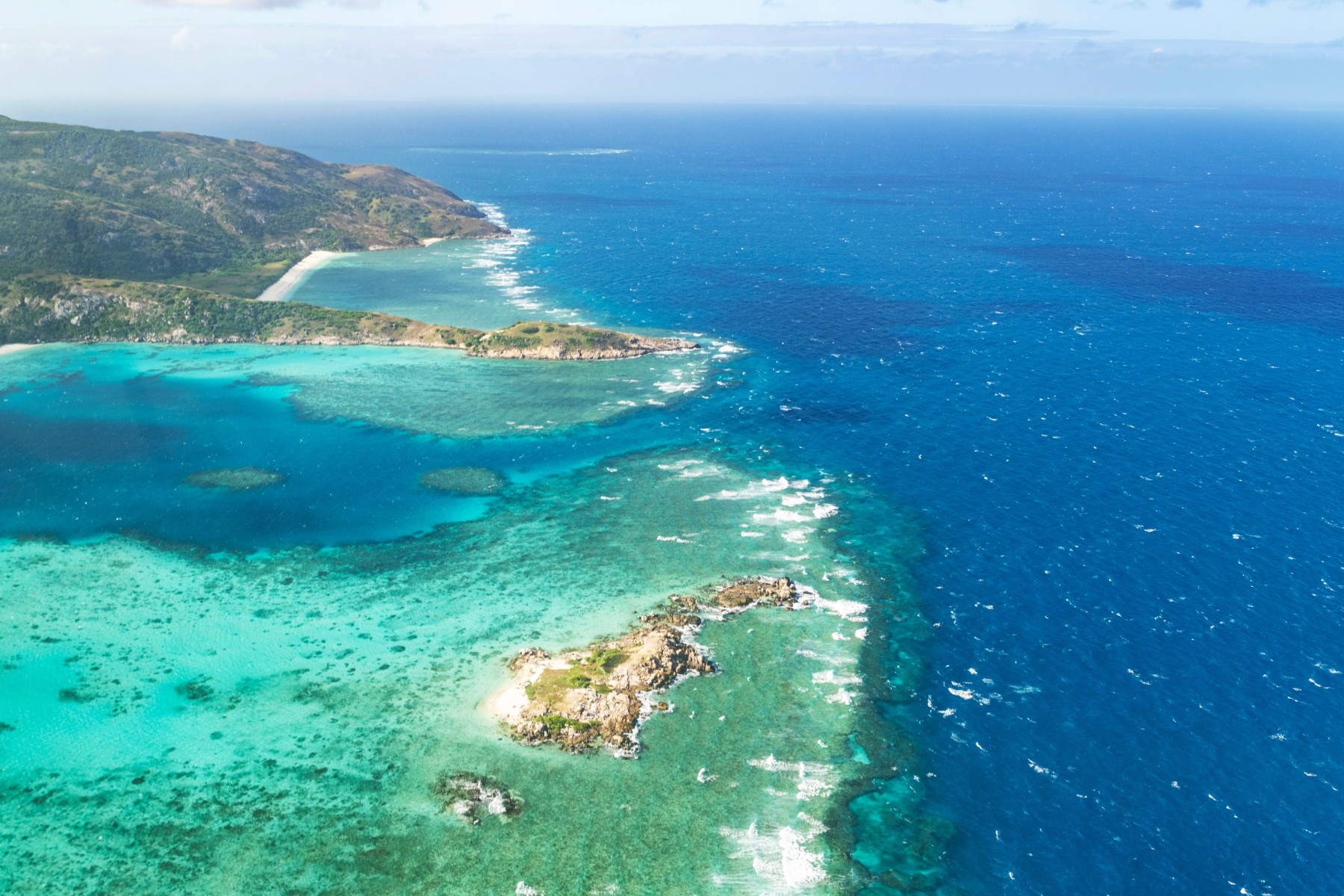
The Great Barrier Reef is the world’s largest coral reef system, stretching over 2,300 kilometers along the Queensland coast. It's famous for its breathtaking marine biodiversity and serves as a vital ecological site. It’s listed for its outstanding universal value and environmental significance.
Sydney Opera House
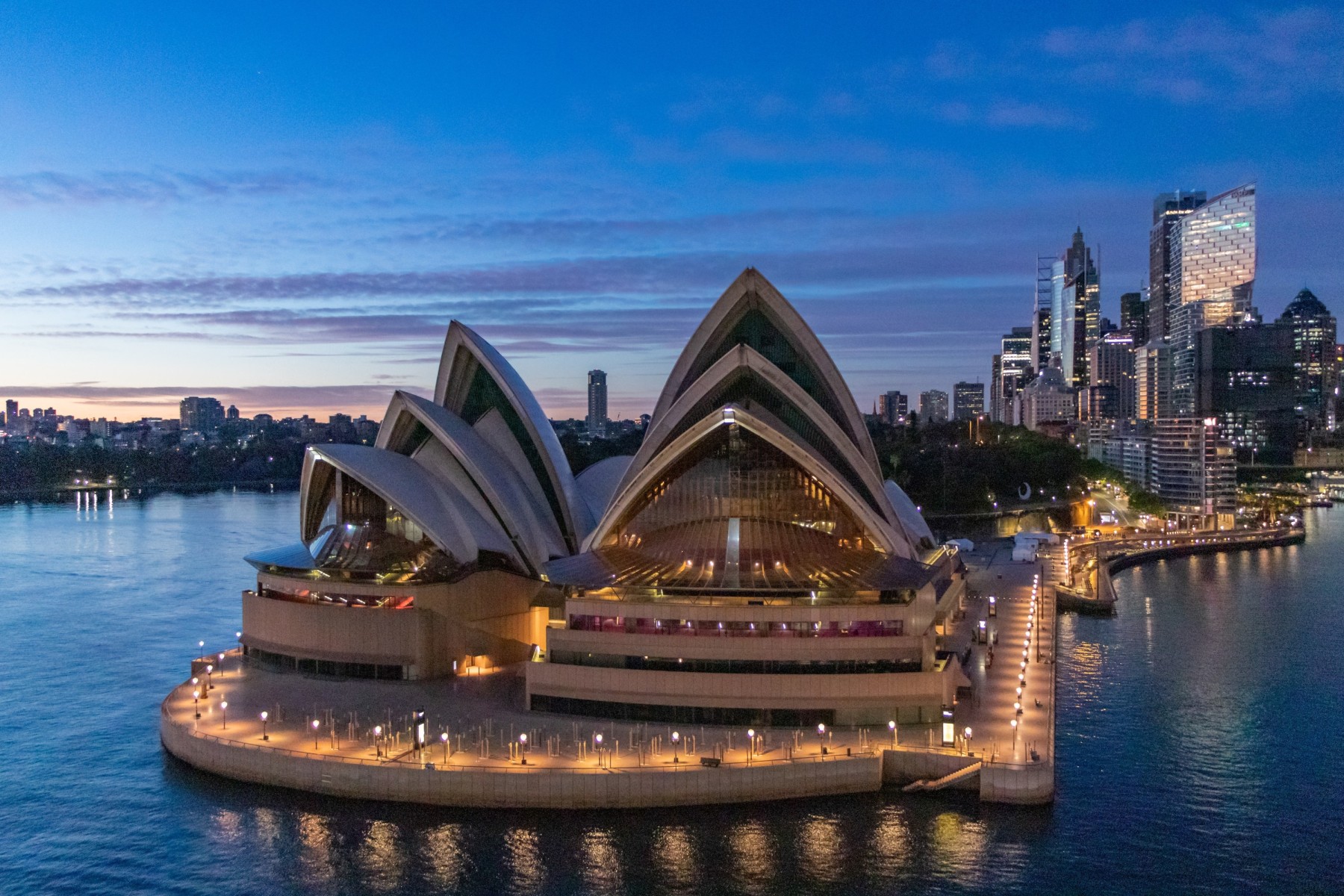
Opened in 1973, the Sydney Opera House is one of the most recognisable architectural landmarks in the world. It represents a masterpiece of modern architecture and is a symbol of Australia’s cultural identity.
Uluru-Kata Tjuta National Park
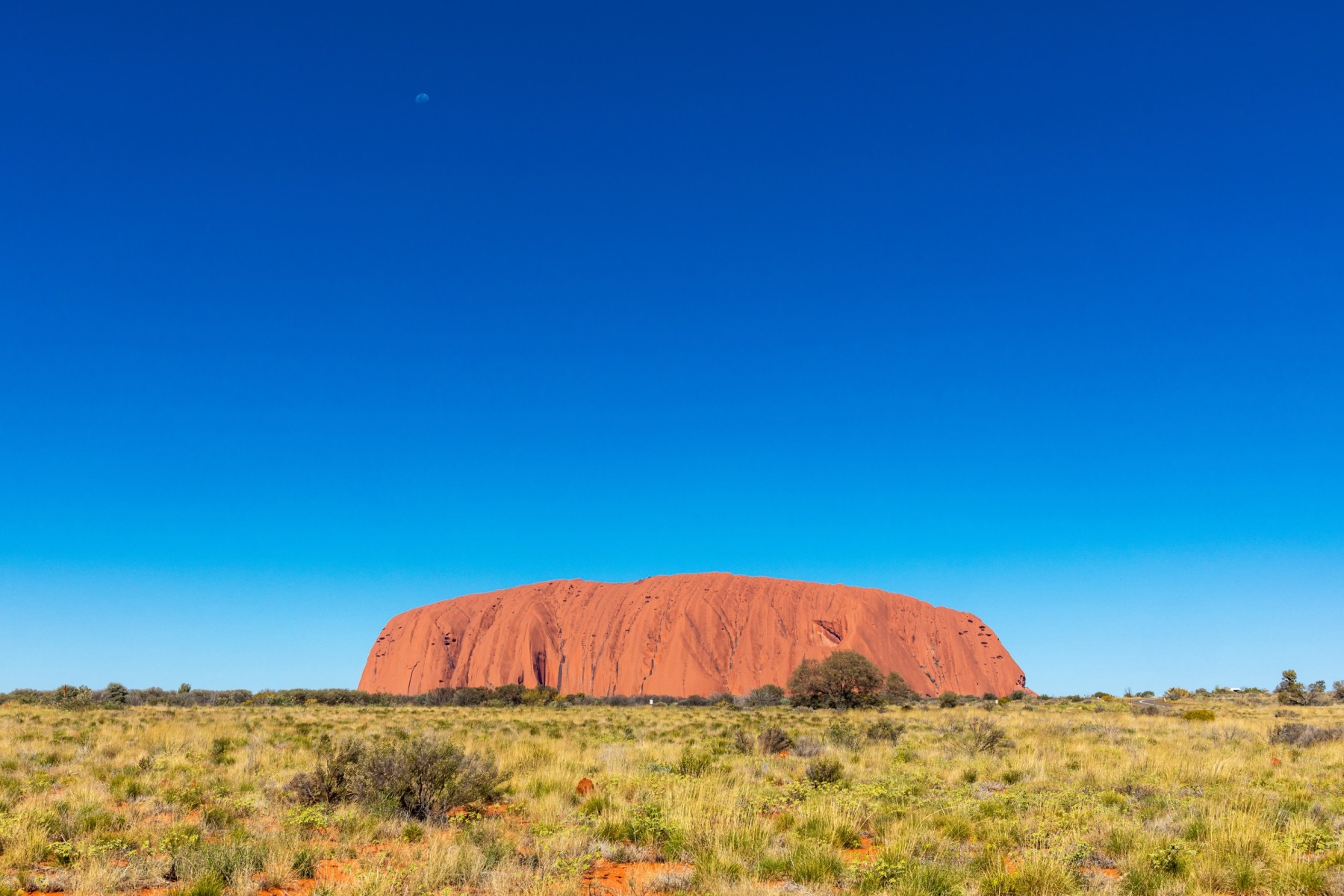
Uluru (Ayers Rock) and the nearby Kata Tjuta rock formations are sacred to the local people. This site holds deep spiritual significance and features a unique landscape with ancient rock art and stunning geological formations.
Kakadu National Park
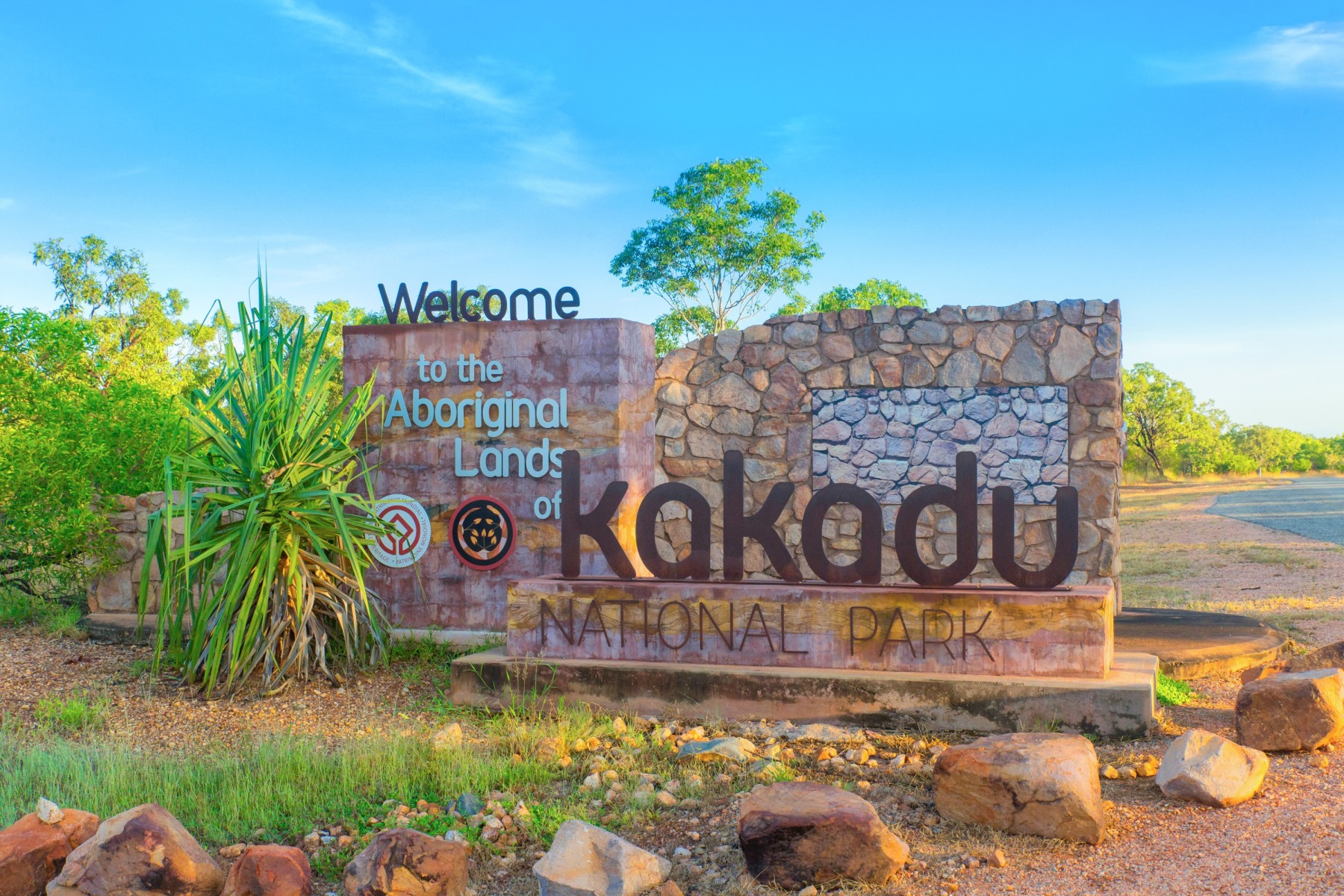
Known for its rich biodiversity, stunning wetlands, and ancient Aboriginal rock art, Kakadu is one of Australia’s largest national parks. It holds significant cultural importance to the local Indigenous peoples and is one of the country’s most celebrated natural treasures.
Fraser Island
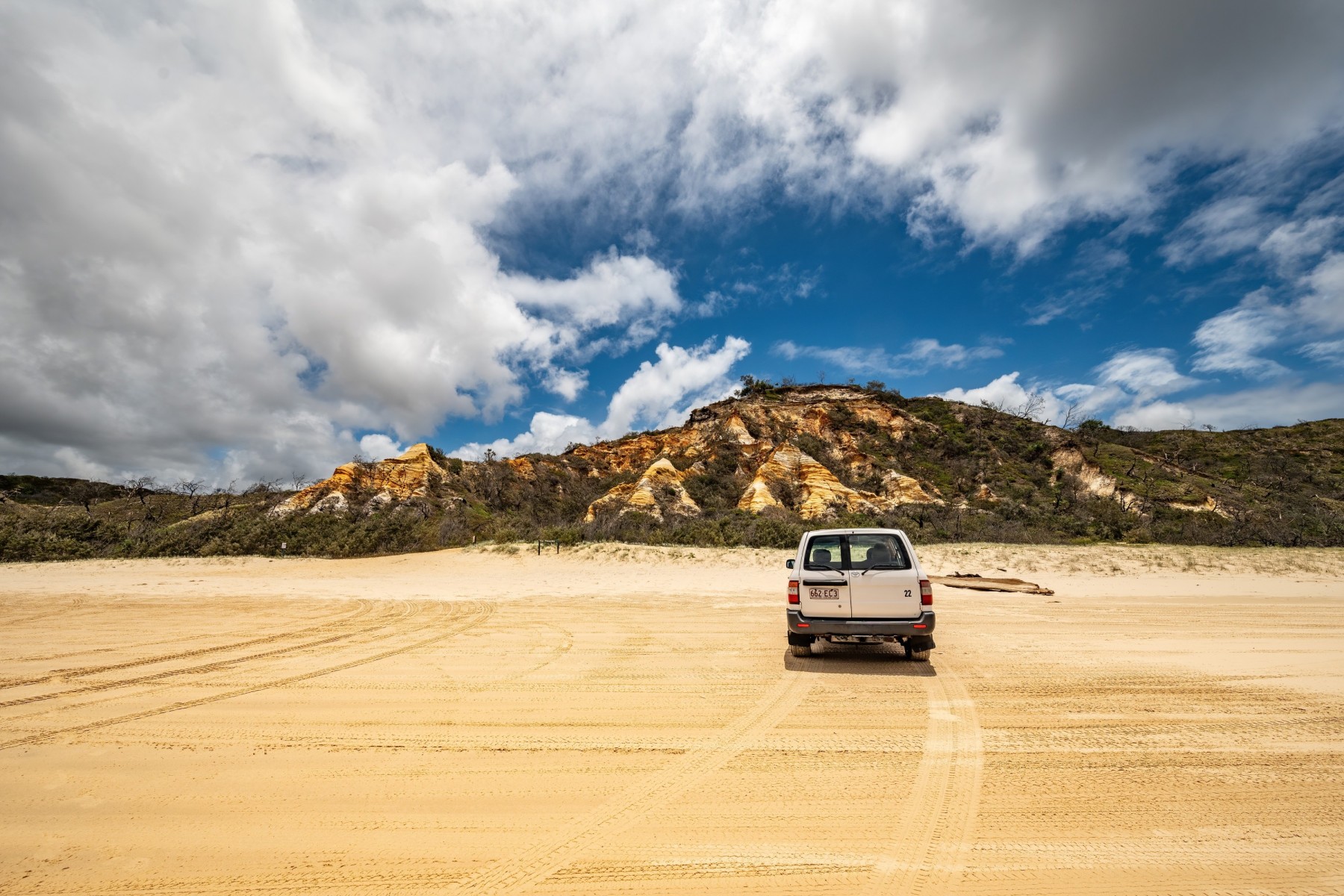
The world’s largest sand island, Fraser Island is renowned for its pristine beaches, rainforests, and freshwater lakes.
The Daintree Rainforest
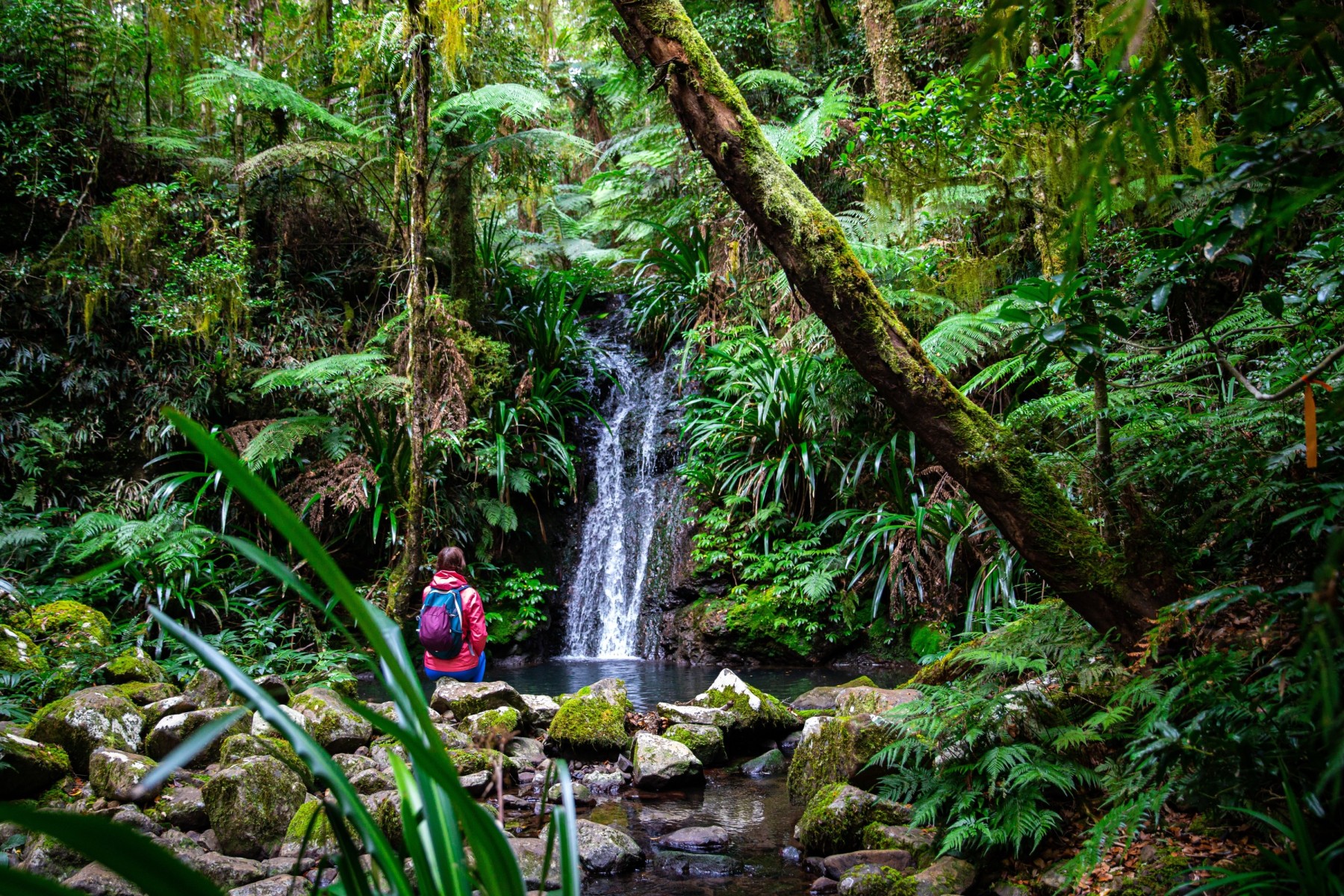
One of the oldest rainforests in the world, the Daintree is a hotspot of biodiversity. It’s home to unique plant and animal species and plays a crucial role in Australia’s ecological heritage.
Full map of Australia's UNESCO World Heritage Sites

Australian traditions - what you need to know
While Australian heritage and culture comes from historical experience and a deep connection to land, Aussie traditions are often a little more light-hearted. Australia has some quirky, fun traditions that you won’t want to miss. From sports to school events, here are some key traditions that every newcomer should get familiar with.
Boxing Day test cricket
If you’re in Australia around Christmas, get ready for the Boxing Day Test. This iconic cricket match is a major part of Australia sports calendar and kicks off on December 26th at the Melbourne Cricket Ground (MCG). It’s not just a game; it’s a national celebration. Families, friends, and even strangers gather at home, at the MCG, or at pubs to watch the match, eat, and chat. Whether you’re a cricket fan or not, it’s an Aussie tradition that shows the country’s love for the sport.
Muck up day
If you’ve just moved to Australia and have kids, or if you're heading to university, Muck Up Day is something you'll hear about. It’s a tradition where high school students celebrate the last day of school by pulling pranks, dressing up, and generally causing a bit of chaos. While some schools are more lenient about the shenanigans, others prefer a bit more restraint. Either way, it's a day full of fun and mischief, and it's all in the spirit of marking the end of an era.
Schoolies
Speaking of school celebrations, Schoolies is the ultimate Aussie rite of passage. This is an annual event where high school graduates (called schoolies) flock to beach towns like Byron Bay, the Gold Coast, or even Bali to celebrate finishing school.
Triple J Hottest 100
If you’re a music lover, you won’t want to miss the Triple J Hottest 100. This is an annual radio countdown of the best songs from the past year, as voted by listeners of the Australian national radio station Triple J. It’s not just about the hits; it’s a cultural event that brings Australians together to discover new music and reminisce about the year that was.
Bunnings sausage sizzle – A right of passage
One of the quirkiest and most beloved Australian traditions is the Bunnings Sausage Sizzle. If you’ve ever been to a Bunnings Warehouse (Australia’s go-to hardware store), you’ve probably seen people queuing up for a sausage sizzle outside. This simple yet iconic event involves a sausage on a piece of bread, with onions and tomato sauce (and sometimes mustard). It’s not just about the food; it’s a community ritual. People grab a snag (sausage), chat, and support local charities. It’s a must-do experience for anyone in Australia.
Two-Up
Two-Up is an old-school Australian game often played on Anzac Day (April 25th). It’s a traditional form of gambling where two coins are tossed, and people bet on whether they’ll land heads or tails. It’s particularly popular in pubs, especially on Anzac Day, when it’s part of the national remembrance of the soldiers who served in World War I. While the game is technically illegal outside of designated days and venues, it’s an enduring part of Australian culture.
Melbourne Cup (First Tuesday in November)
Known as "the race that stops a nation," the Melbourne Cup is a major horse racing event held in Melbourne. It's as much about the fashion and festivities as it is about the horses, with people dressing up and hosting big celebrations across the country.
ANZAC biscuits
These traditional sweet treats, made from coconut and golden syrup, are often associated with ANZAC Day. They’re believed to have been sent by women to soldiers during World War I, as they kept well during long journeys.
The "Mardi Gras" Parade (Sydney)
The Sydney Gay and Lesbian Mardi Gras Parade, usually held in late February or early March, is a colorful and inclusive celebration of LGBTQIA+ pride. It’s a huge event that attracts thousands of participants and spectators, with flamboyant costumes, performances, and a vibrant atmosphere.
Moving to Australia? - we’ll help get you there
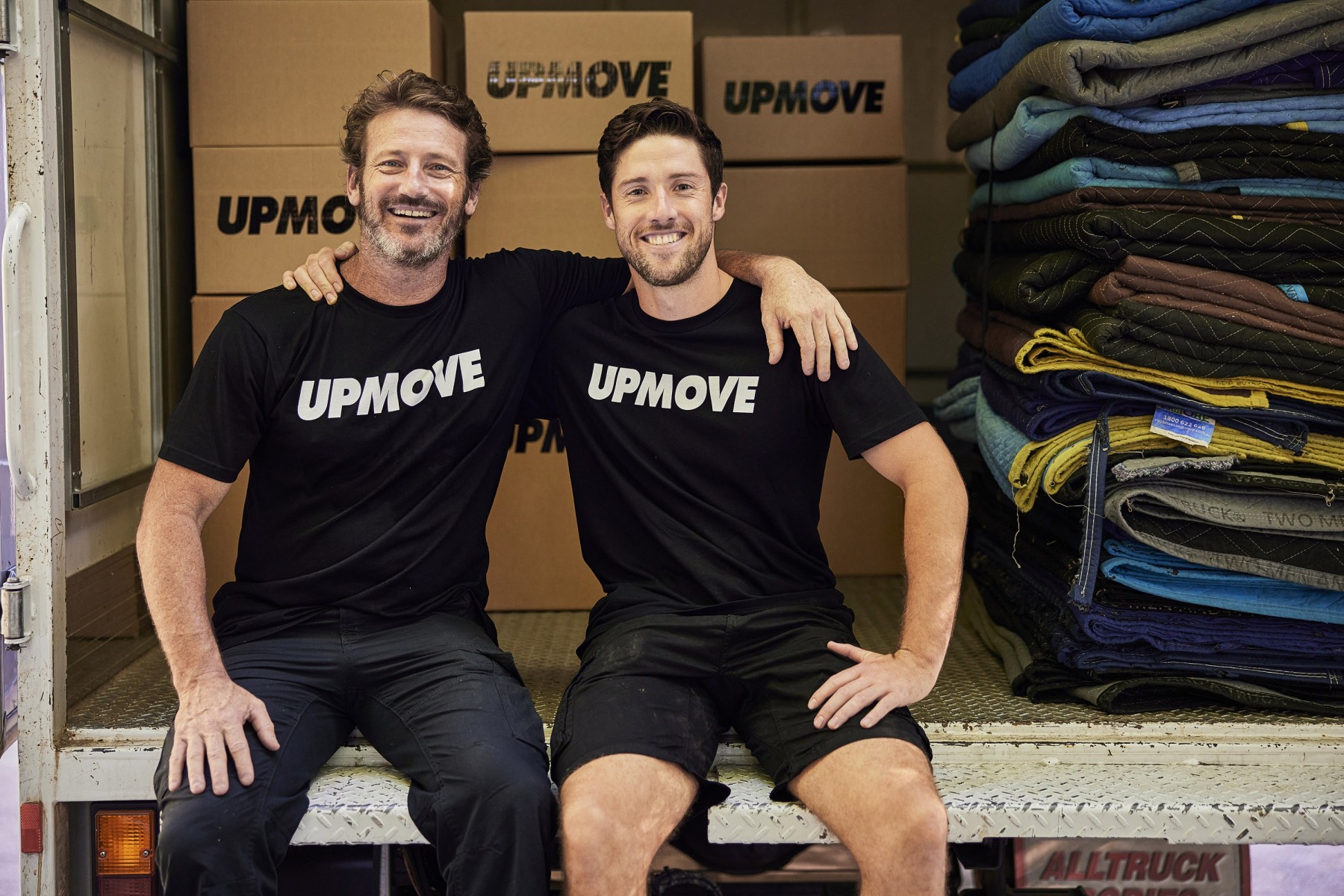
Australia’s rich cultural heritage and fun traditions offer a warm and unique experience for newcomers. From its deep Indigenous history to the quirky celebrations that bring people together, there’s always something exciting to discover. Whether you're exploring heritage-listed sites, enjoying a Bunnings sausage sizzle, or experiencing the thrill of the Boxing Day Test, you'll quickly feel at home in this vibrant country.
And when it comes to making your move to Australia, Upmove has got you covered. As a platform that connects you with affordable, reliable removalists from all over the country, Upmove makes settling into your new Aussie home easier than ever.
What do our customers say?



